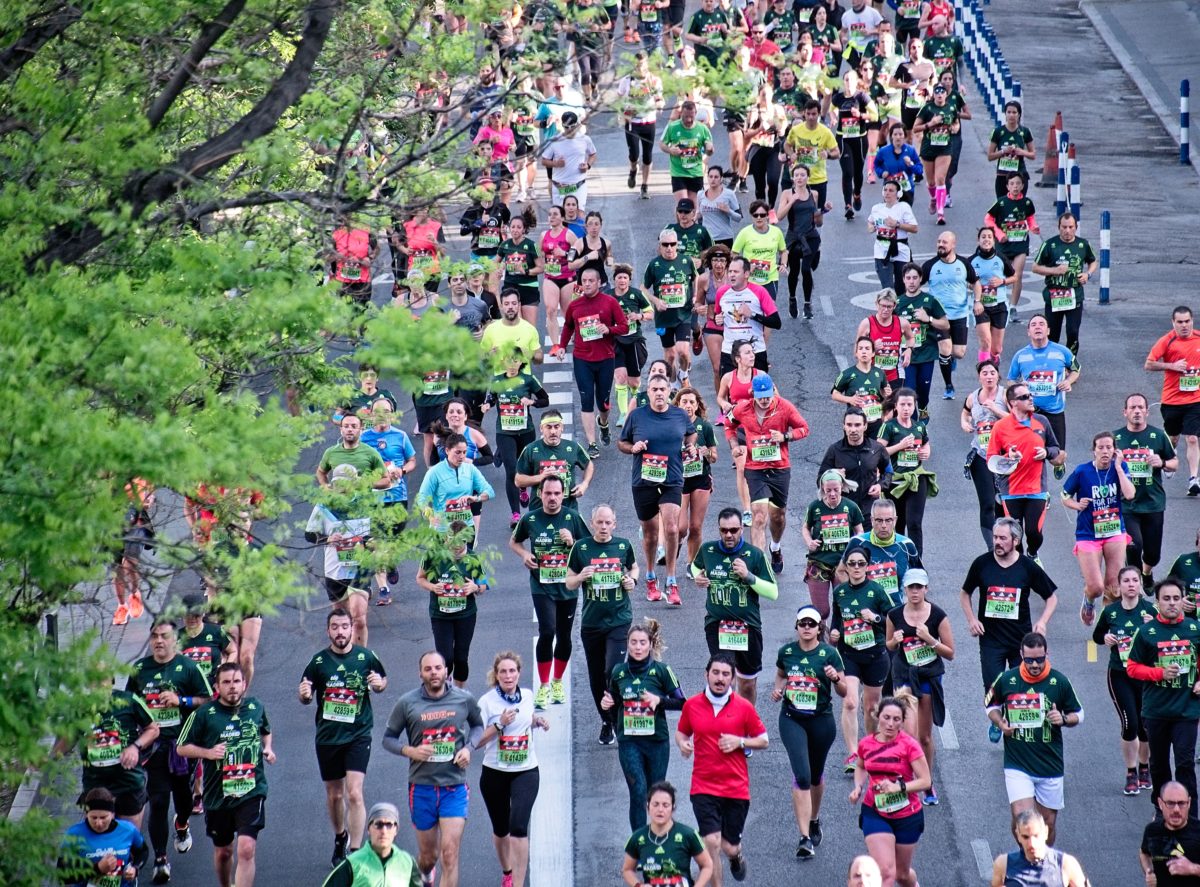Across Teesside, runners of all ages are following exercise regimes, prepping their sports kits and limbering up for two major events taking place next month.
Hundreds of runners will take to the streets on Sunday, 3 September, for the Middlesbrough 10k. This major event in Teesside’s running calendar is closely followed by the Great North Run, which takes place in Newcastle on Sunday, 10 September.
We spoke to Dr Jonathan Taylor, Senior Lecturer in Sport & Exercise at Teesside University’s School of Health & Life Sciences, about how runners can get themselves ready for a big event.
Guest blog – Dr Jonathan Taylor
There’s two big events coming up for runners next month. The Great North Run and before that, the Middlesbrough 10k, which has a route starting and ending in the town centre, passing focal points such as the mighty Transporter Bridge, Riverside Stadium, Dorman Museum and MIMA.
Both events attract runners of all abilities – from seasoned distance runners seeking to beat their own personal best, to those who simply enjoy getting active, see it as a way to raise a few charity funds, or have signed up as a way of motivating themselves to get fit.
Everyone who runs has started somewhere, whether it’s a solo jog around the park, or taking part in a regular organised event. But one thing that remains the same for everyone – preparation is key.
Training
- Find a training partner. It’s always easier to get out of the door to train and go for a run if you are accountable to someone. It also helps when you have someone to spur you on, and to share the agony of that post-run exhaustion.
- Consistency beats ‘cramming’. Remain consistent with your training in the six to eight weeks leading up to your target race. Attempting to cram all your training in during the last few weeks of preparation for the event won’t leave much time for training adaptations and is likely leave you tired.
- Vary your training. Adopt a mixture of slow steady running, longer runs and interval training. Alternating effort is also important, for example, alternating between easy and hard training days to allow adequate recovery and reduce injury risk.
- Gradual progression is key. Progress your training volume/intensity over time. If you plan on running a 10km event, it might be helpful to run a parkrun or another 5km race in the build-up. If you plan on running a marathon, use a half-marathon in the build-up. Although the ten percent rule is often recommended, which involves increasing your weekly miles by ten percent each week, it is also vital that you listen to your body. The important thing is to rest if you feel excessively tired.
- Don’t be afraid to ‘cross-train’. This could be through the use of an elliptical machine or a stationary bike. Using other training modes can help reduce the risk of overuse impact injuries. This is particularly important for beginners.
- Strength training. Performing basic strength training can improve your running and reduce the risk of injury; 2-3 strength sessions per week is sufficient. Strength training is also good for activities of daily living and general well-being.
- It is always important to remember that if you have any aches and pains which persist and fail to improve over five days, or seem to be getting worse while training, ensure you seek advice from a healthcare professional.
Race Day
The big day has arrived and it’s time to put all that training and preparation into action. But although there’s no time left for training, there are still a few important points to remember.
- Make sure that all of your racing kit is tried and tested. Remember to wear running shoes that you know are comfortable. Save those new shoes for another time. Wearing brand new shoes on race day can be a recipe for disaster.
- Don’t try any new foods on race day. While it’s always good to eat carbohydrates in the run-up to race day, whether pasta or porridge, it’s wise to avoid any new foods that you might be unfamiliar with in the days leading up to a big event. The last thing you need is a dodgy stomach halfway around the route!
- Be realistic with your target time and don’t start too fast. It is better to be conservative, as you can always make time-up, rather than starting out with an over ambitious pace.
- Know the course. It might sound obvious, but ensure that you’re aware of the terrain that’s covered in the route. For example, if the course has a lot of hills, make sure you include hills in your training. This also helps with pacing.
- Enjoy the day! Relax into it and enjoy the race. Hitting your targets makes all that time spent training really worth it.





